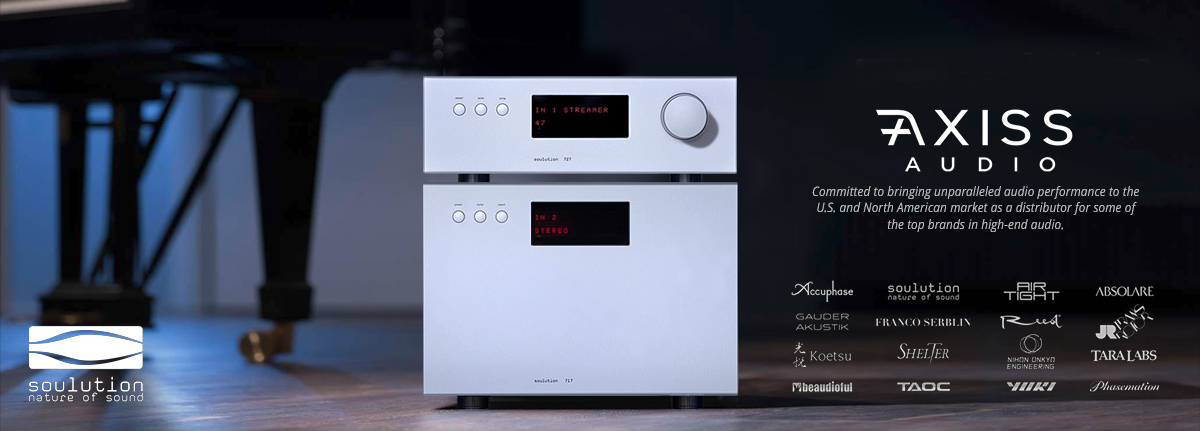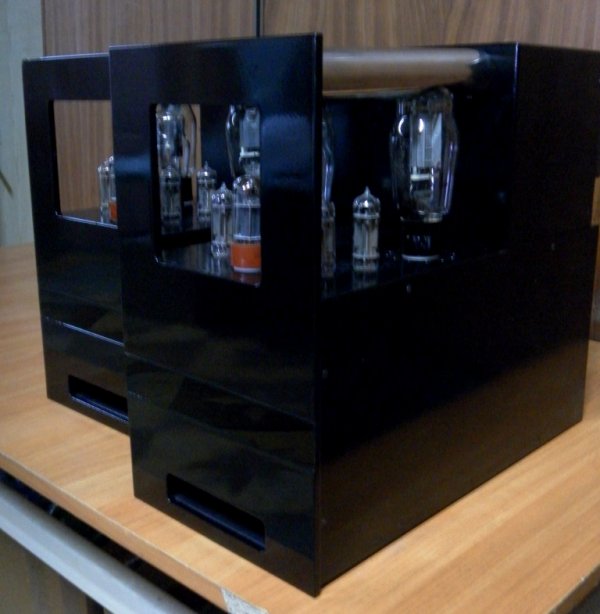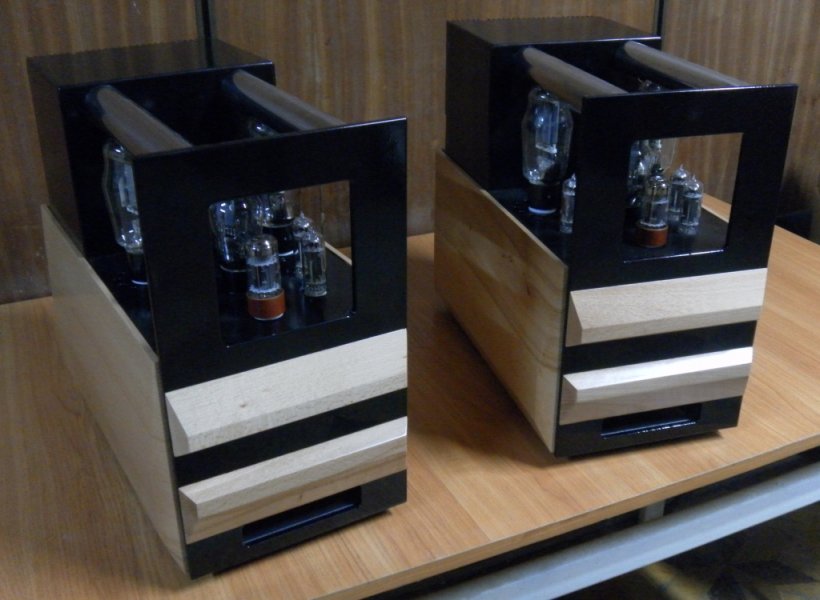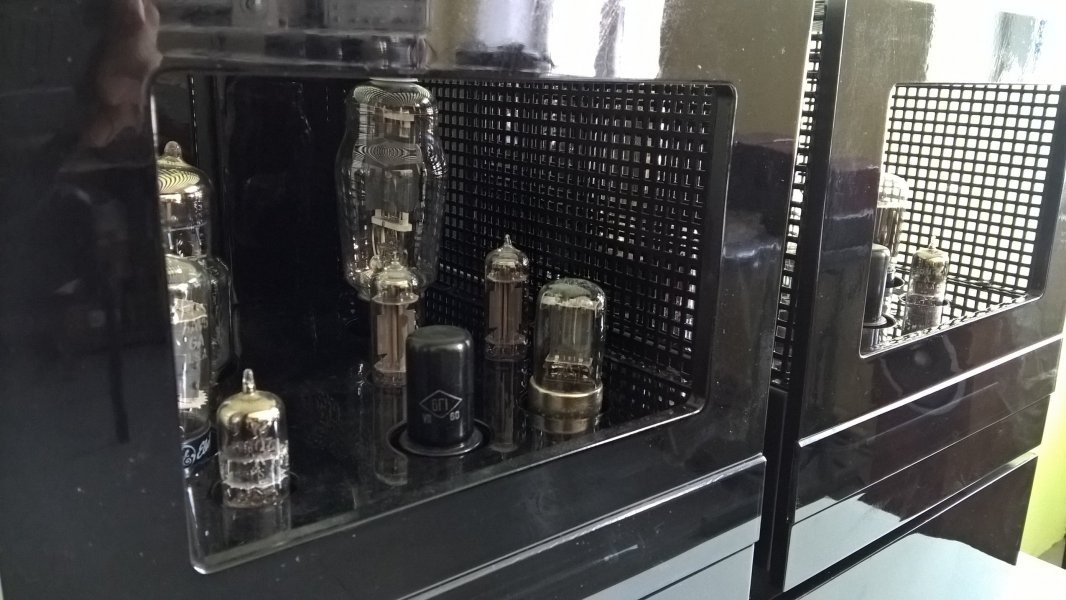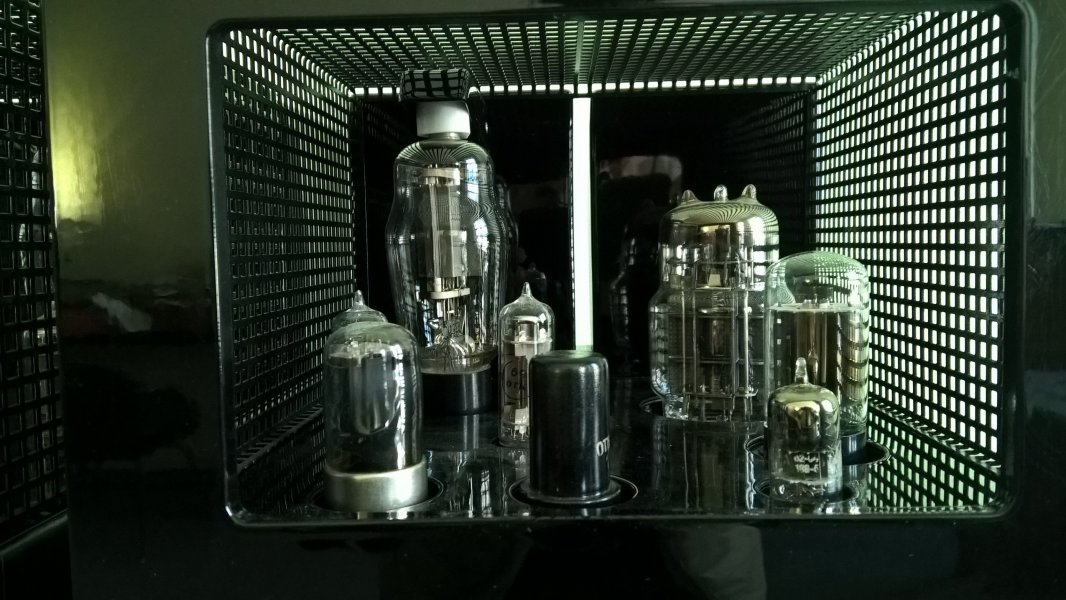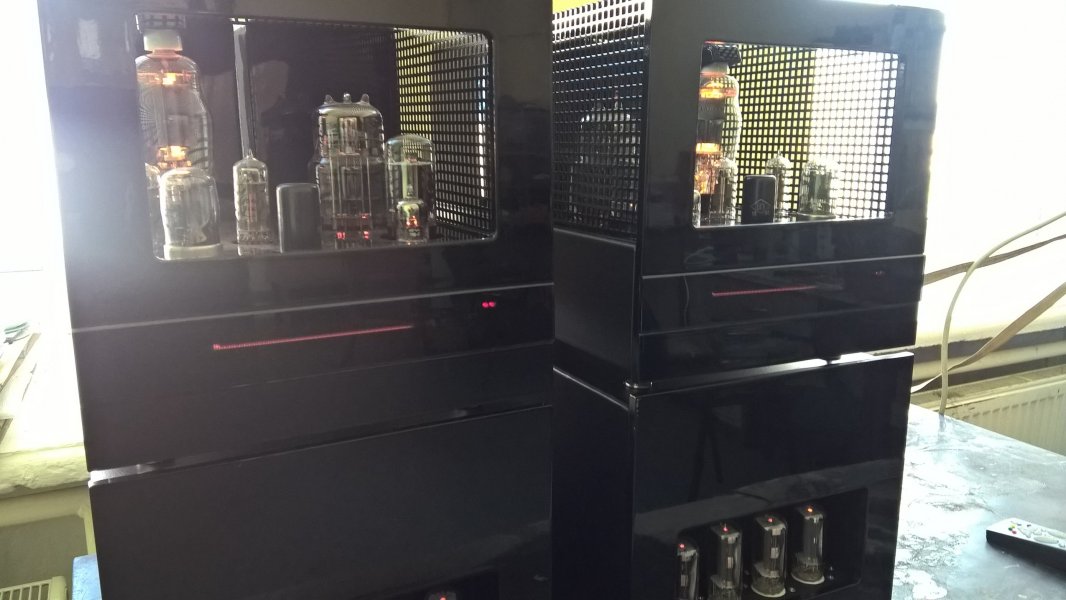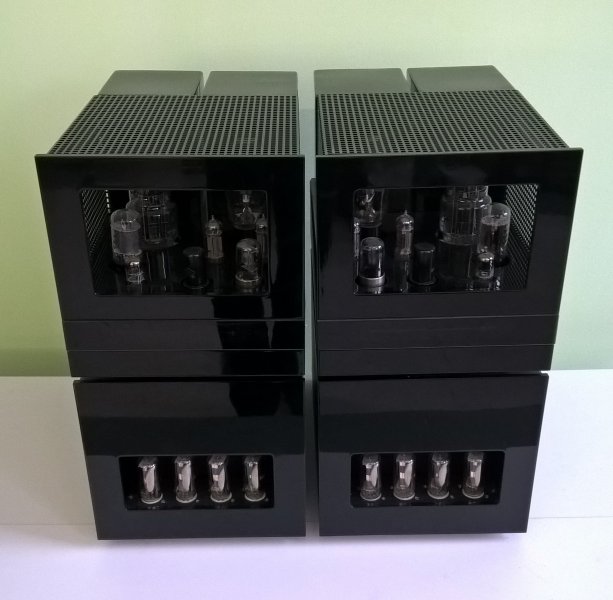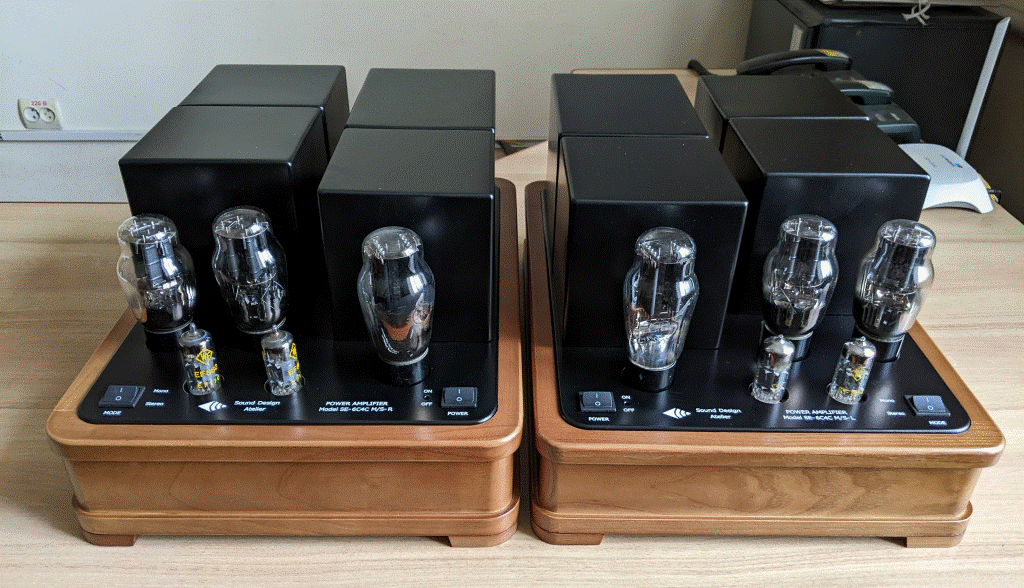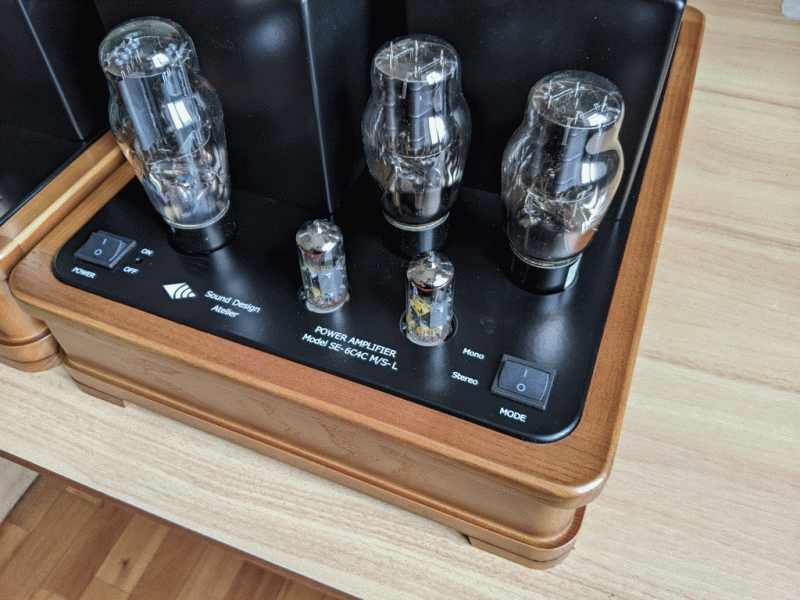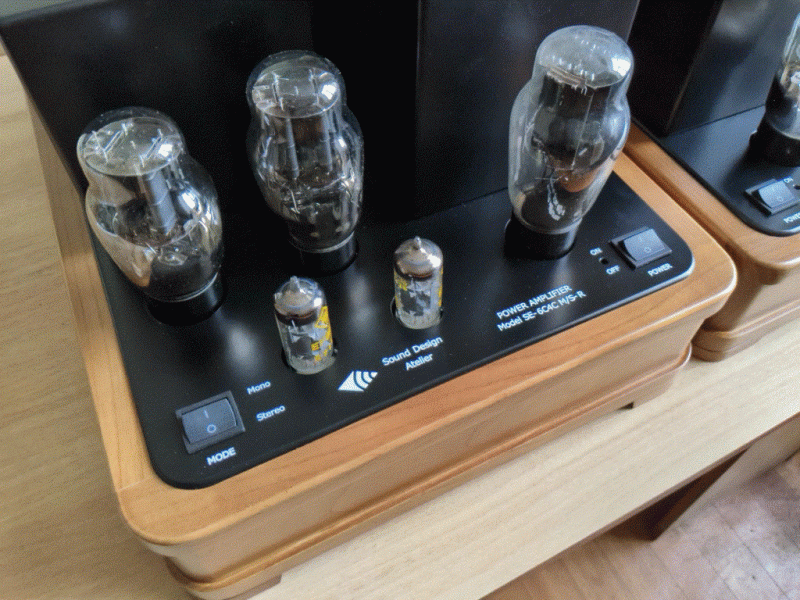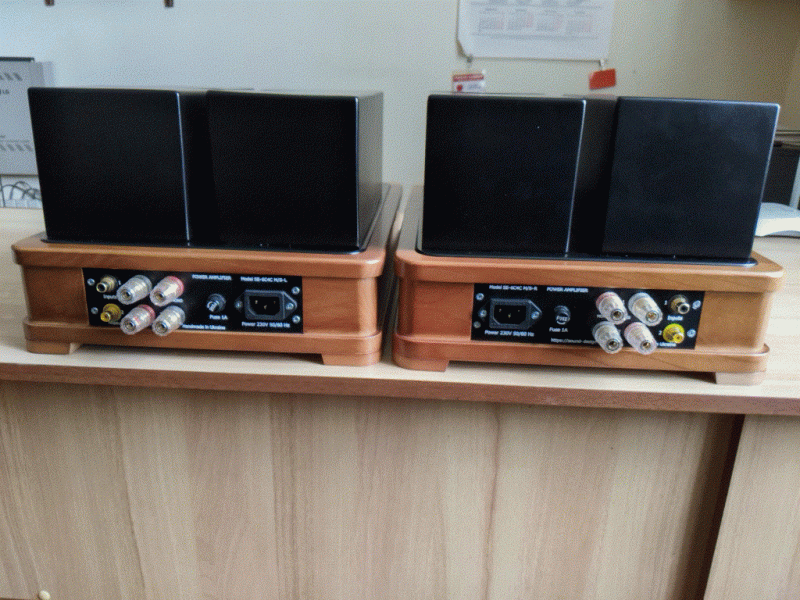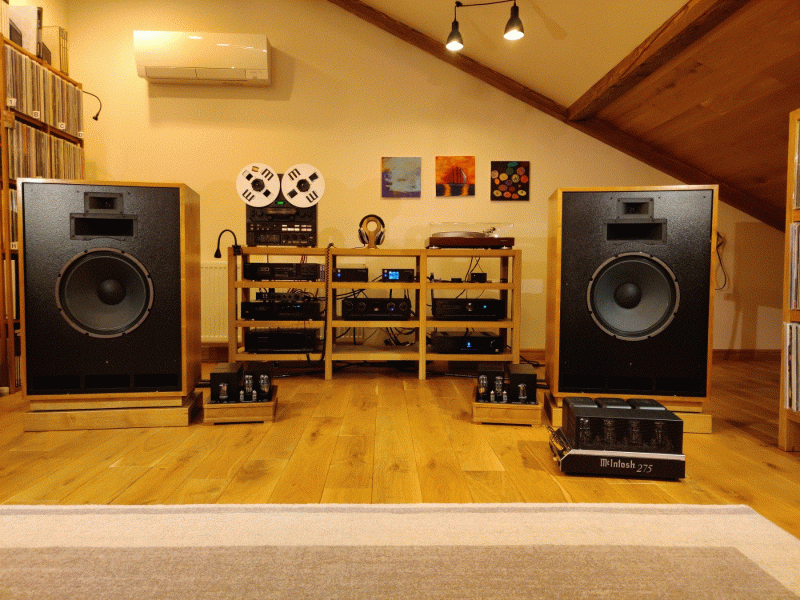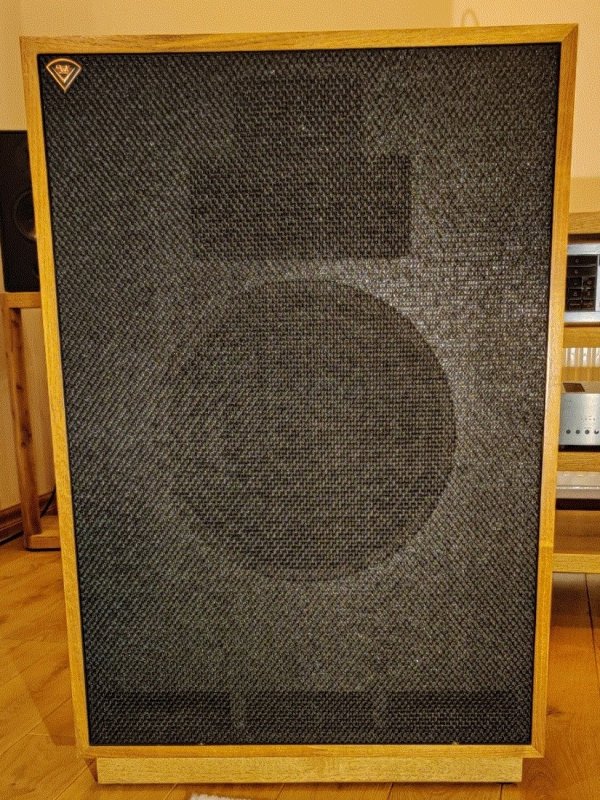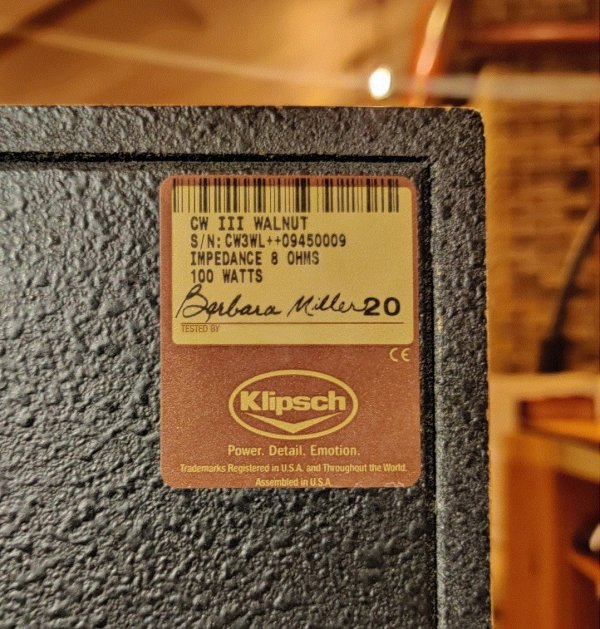It is unusual to see the combination of the words "creative amplifier", but it is real and we have been working on this project for some time.
It started even before the COVID-19, now the war stands in the way of it, but despite everything, we plan to complete this project.
What is a creative amplifier?
All users of tube amplifiers know that each tube has its own sound. There is even such entertainment, which consists in rolling tubes in search of their sound. But it will not always help to find it.
As usual, we do not use general feedback, so the sound is as close as possible to the real thing.
In general, this is a tube SET amplifier with a maximum output power of about 60W.
This device will have 11 own voices and its owner will be able to choose the one he likes the most now with a simple push of buttons. This leads to the formation of one voice from 4 different voices in different combinations.
In addition, the device also has an energy-saving function. Power consumption can be reduced by reducing the output power. At the same time, the electrical modes of the tubes do not change and the sound quality does not deteriorate.
I start this topic to find out how interesting this idea is to lovers of good sound. Maybe new interesting ideas will appear.
It started even before the COVID-19, now the war stands in the way of it, but despite everything, we plan to complete this project.
What is a creative amplifier?
All users of tube amplifiers know that each tube has its own sound. There is even such entertainment, which consists in rolling tubes in search of their sound. But it will not always help to find it.
As usual, we do not use general feedback, so the sound is as close as possible to the real thing.
In general, this is a tube SET amplifier with a maximum output power of about 60W.
This device will have 11 own voices and its owner will be able to choose the one he likes the most now with a simple push of buttons. This leads to the formation of one voice from 4 different voices in different combinations.
In addition, the device also has an energy-saving function. Power consumption can be reduced by reducing the output power. At the same time, the electrical modes of the tubes do not change and the sound quality does not deteriorate.
I start this topic to find out how interesting this idea is to lovers of good sound. Maybe new interesting ideas will appear.


